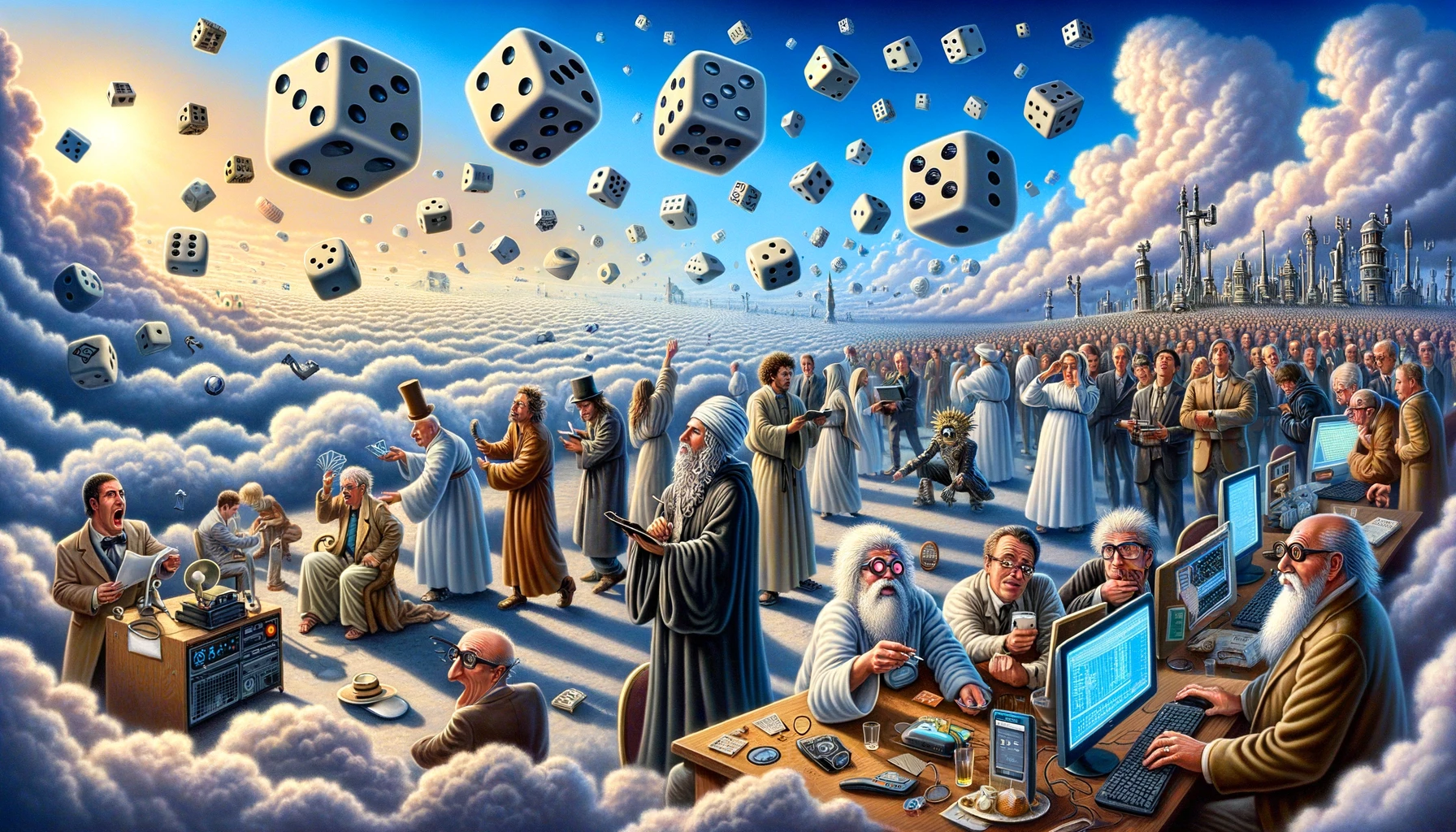Imagine a universe meticulously crafted in two dimensions, an existence where height and depth are purely theoretical constructs, relegated to the musings of higher-dimensional thinkers. This thought experiment elicits curiosity, not merely because of its audacious nature, but due to the profound implications it carries for our comprehension of reality. How would life evolve? What laws of physics would govern this flat cosmos? And would consciousness itself be capable of resulting from such limitations? These queries proffer a tantalizing glimpse into the complexities of dimensionality and existence.
The notion of a two-dimensional universe is not merely a whimsical fantasy but rather a critical examination of the very fabric of space and its role in shaping the nature of reality. In our three-dimensional paradigm, objects have length, width, and height—attributes facilitating movement and interaction within a gravitational framework. Transitioning to a two-dimensional model invites us to confront the concept of “flatness,” compelling us to disentangle ourselves from the ingrained notions of up and down.
To truly appreciate a 2D universe, one must consider its physical properties. Without the existence of a third dimension, the fundamental forces that govern our cosmos would behave distinctly. Gravitational fields would be simplified; rather than attracting in a three-dimensional sphere, they would manifest in a planar context, possibly leading to different gravitational dynamics. Would matter possess weight? If so, it would be confined to a single plane, dramatically altering the feasibility of celestial bodies such as planets and stars. This simplification may preclude the formation of complex structures necessary for life as we know it.
In this flat expanse, the fabric of spacetime becomes equally intriguing. In our current understanding, spacetime is a four-dimensional continuum, where time flows monotonically alongside the three dimensions of space. In a two-dimensional universe, would time behave similarly? Would it still function as a linear progression, or could it adopt an entirely different narrative? The implications are staggering, as the very continuity of temporal experience could be disrupted by the constraints imposed by two-dimensionality.
A pivotal aspect to explore is the very nature of life in such a constricted environment. As we ponder organisms evolving within a 2D universe, the limitations of space become apparent. For instance, mobility would be inherently altered. Creatures may not possess bodies in the usual sense, as movement in a planar world could lead to collisions resulting in catastrophe. Evolution could favor organisms with attributes that minimize interaction with the environment, perhaps developing into entities akin to waves or vibrations rather than solid forms. The evolutionary tree would reflect a stark divergence from our terrestrial lineage, generating simplistic life forms utilizing alternate biochemical principles.
Moreover, the existential relationship between beings would also take a novel form. Communication, as we comprehend it, would likely take a different trajectory, perhaps becoming inherently visual or reliant on rhythmic patterns instead of auditory signals. The exchange of information could manifest through varied waveforms, echoing in a parallel of consciousness that borders on the ethereal. In a sense, the interactions and relationships formed in this universe would shift from physical encounters to a harmonious dance of patterns across a flat expanse.
On another note, the artistic implications of a two-dimensional existence warrant consideration. Viewing art and beauty through the lens of two dimensions could invoke a unique appreciation for shape and color. The very essence of visual representation would hinge on the interplay of these elements, awakening nuances often overshadowed by the complexities of our three-dimensional art forms. Furthermore, the culture birthed from such an environment would possess distinct attributes, leading to alternative philosophical frameworks and societal norms.
Yet, the mere idea of consciousness thriving in a two-dimensional universe raises profound philosophical inquiries. How would beings perceive existence? Would they even possess a concept of “self”? The questions veer toward the epistemological, unearthing the boundaries of understanding and the intricacies underpinning self-awareness in a restrictive dimensional milieu. A 2D existence would redefine notions of individuality and collective consciousness, inviting us to explore the essence of being in a confined reality.
The implications extend beyond mere existence, as the laws of mathematics and physics as we understand them would undergo radical transformations. In a universe devoid of the third dimension, physical equations would likely be adapted or reconstructed, drastically altering predictability and the interrelation of governing principles. It is conceivable that foundational concepts like energy conservation might resonate differently, further redefining scientific inquiry.
In closing, positing a two-dimensional universe not only invites whimsical speculation but engenders critical reflection on our understanding of reality. Through the kaleidoscope of existence limited to two dimensions, we unravel embedded assumptions regarding space, life, consciousness, and the fundamental laws that govern the cosmos. Though largely a speculative notion, the exploration of a 2D universe serves as a testament to the depth of human inquiry, urging us to transcend our dimensional confines and engage with the infinite possibilities woven within the fabric of existence.












